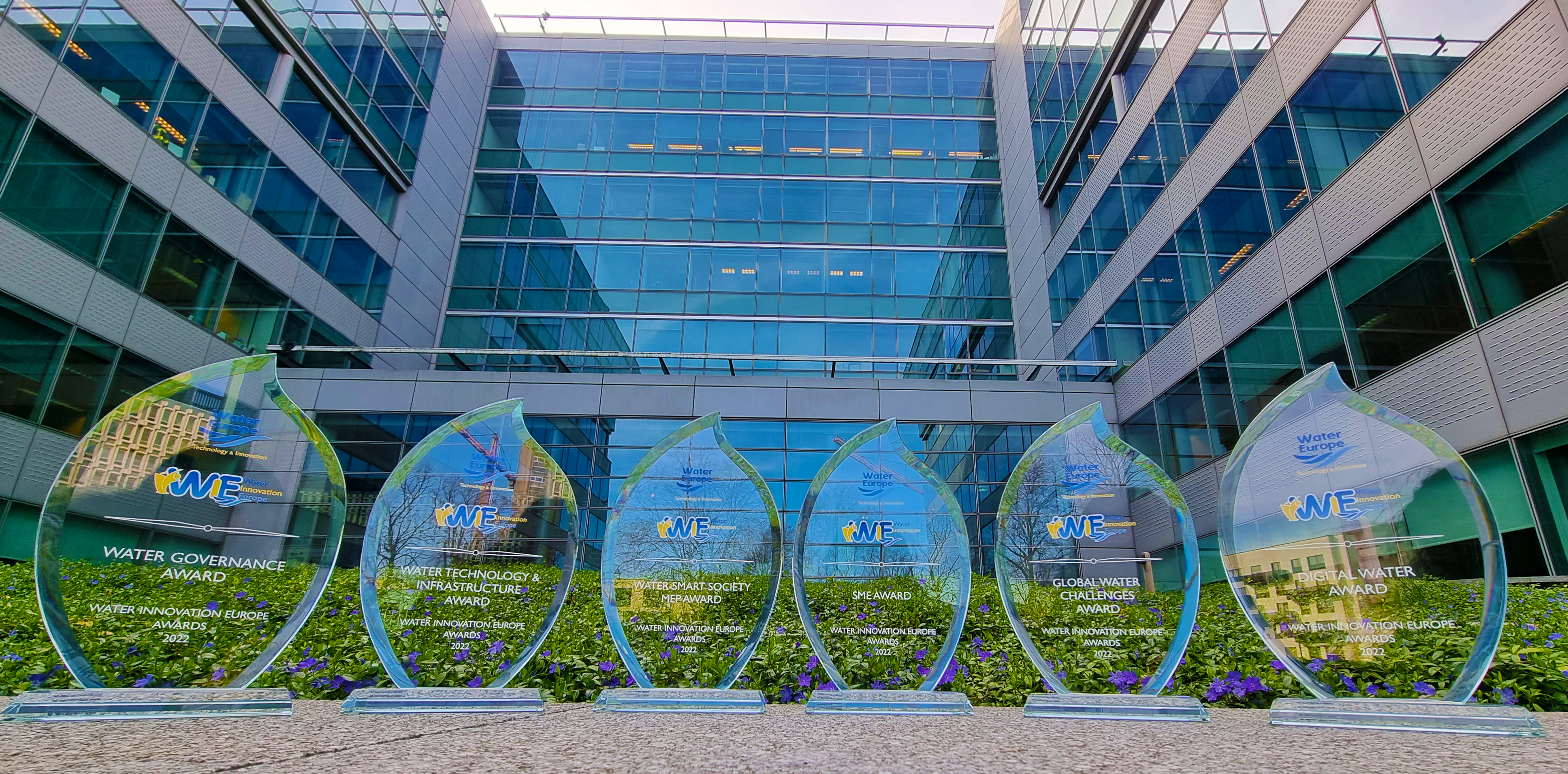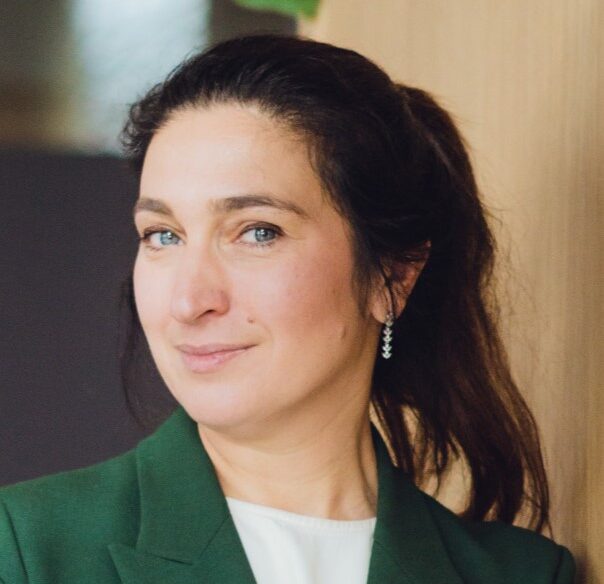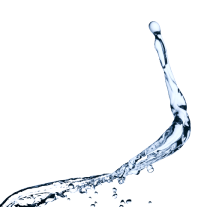
[quote align=”center” color=”#999999″] Frank de Winne, Astronaut and Head of the European Astronaut Centre of ESA[/quote]
What is the importance of water recycling technologies for Space Exploration? Where are we today and where are we headed?
Water is, in time, after oxygen, the second consumable needed by a crew to stay alive aboard a spacecraft and from far, the most critical with regards to mass. So far, since the beginning of human space flight, water has always been brought to space from Earth, and very little has been recycled on-board; today, aboard ISS, water recycling is limited to water recovery from cabin condensate and urine. Recovered water is typically recycled up to potable water quality. In the context of future long-term manned space exploration on a planetary/lunar base, the frequency of crew rotation and re-supply will drastically decrease. Therefore, the Life Support System will probably offer additional hygiene equipment to the crew, such as a shower and/or a washing machine. These additional equipment will generate grey water, of which the daily amount is estimated to be three times superior to both urine and condensate. In this context, high efficiency water recycling systems becomes a critical, mission enabling technology.
What has the technology programme of the European Space Agency demonstrated so far in terms of water recycling? What technologies are used? Does Europe has operational systems?
Anticipating long-term manned exploration mission, the European Space Agency (ESA) developed a high efficiency, membrane based water recycling unit. This unit, known as Grey Water Treatment Unit (GWTU) comprises a series of membrane filters: one stage of Nanofiltration and two stages of Reverse Osmosis, and is able to recover water for hygiene purposes. GWTU has been extensively and successfully tested in real life conditions. Validation tests was run over a six-month period using real shower water.
The test results showed that more than 93% of incoming grey water was recovered and that the quality was always compliant with water quality standards for hygiene water, despite two simulations of microbial incidents. Based on these promising results, the development of a similar water treatment unit for the Condordia station (French-Italian Antarctic base), which is considered a representative analogue for long term Moon/planetary manned habitat was initiated. This unit has been sized to meet the needs of the Concordia crew (15 – 70 persons) and comprises a series of ultrafiltration, nanofiltration and two reverse osmosis stages. It is in operation since March 2005 and has been remotely monitored by ESA with support of the Concordia crew for the first four years of operation. Monitoring proved the technology to be extremely robust and to constantly produce water within specification for hygiene water. This unit is still operational today and helps limiting the ecological impact of the Concordia station on the Antarctic environment.
What are the next steps? How can space technology help the water resource problem we are facing this century?
ESA will continue to invest in research and technology of closed loop life support systems. The MELiSSA programme is currently the ESA flagship in this area. We also need to look how these technologies developed for long term human space exploration missions to the Moon and to Mars can best service the European and world citizens. An operational testbed could be installed at the European Astronaut Centre (EAC) to demonstrate the capabilities of these new systems. In this respect, the EAC is interested to work together with the WssTP. It could function as a highly visible showcase for the much needed technological solutions offered by the WssTP partners and ESA to the growing water problem.



